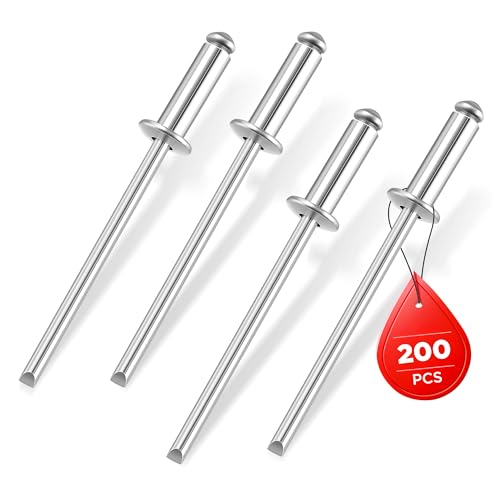Dennis Wilson
Active member
- Joined
- Aug 20, 2023
- Messages
- 41
- Reaction score
- 33
I have made a lot of progress restoring the 1958 AlumaCraft Queen of the Waterways 14 footer. I have a plan to replace the seats so they look like the original design, and have removed all the decals and old paint. My neighbor came over to look and commented about the transom wood being pretty sad and if this was the original design.... I know the "interior" transom wood is correct; the question he asked was if the outside of the transom wood was correct..... what I need is someone who has a 1957 or 1958 boat to send me some pictures of the rear of the boat. I only have one brochure to go by, and it does not show a rear view of the boat..... I will attach a few pictures of what is there now... and it needs to be replaced.... so I just thought I would ask before putting it back the way it looks in these pictures. In particular, the outside wood piece.... Does anybody know if it goes all the way across the back of the boa like the inside piecet? or is what you see in the attached picture, the way it was originally? Any help/pictures suggestion welcome.... and appreciated!!!



















































